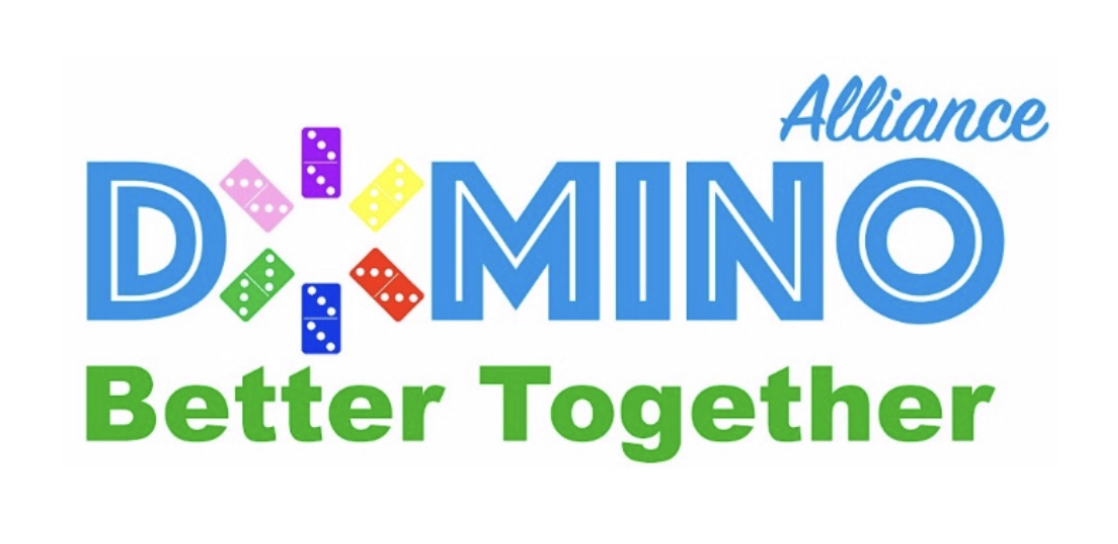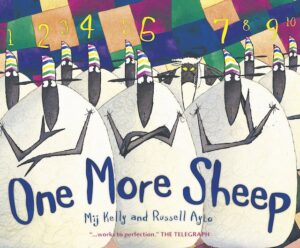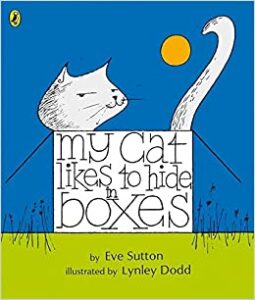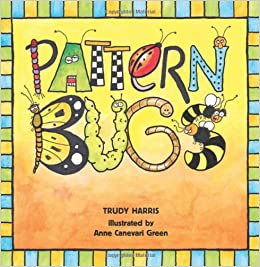Early Years Maths plays a major role in a child’s development and helps children make sense of the world around them. It happens through music, songs, rhymes and stories as well as out and about in the environment through traffic signs, house numbers and buildings.
Maths is not just about counting, it is also when children explore shape, patterns, sequencing, size, weight, estimating, and solving problems too!
This page offers support to help you explore maths with your child and gives ideas and activities for developing their mathematical thinking.
Counting Fun
Support your child to know number names, initially to five, then ten, and then extending to larger numbers.
- Counting steps/ stairs / jumps– forwards and backwards
- Tidying up - How many things can you pick up?
- Laying the table – Fetch 4 spoons etc.
- Count things around us - How many blue cars are in the car park? How many shoes are lined up in the hallway?
- Aural counting – Count as you hear a noise
- Exploring songs and rhymes, including numbers that count forwards, “1, 2, 3, 4, 5, once I caught a fish alive.” And songs that count backwards, “Five currant buns, or five speckled frogs.” This supports children in not only naming numbers but also learning the patterns of numbers.
- Play board games that are track games like Snakes and Ladders and Ludo or Orchard games such as Insey Winsey Spider.
Stories
Aliens love underpants story https://www.youtube.com/watch?v=ADnAGBWlzqE - Count the number of aliens / underpants you can see on each page. Count the number of googly eyes or number of arms and legs!
One more sheep story https://www.youtube.com/watch?v=bAqY_it3-z0 - A counting story.
Interactive games
Exploring Number
Support your child to understand which numbers are worth more or less than each other and that one number can be made up from two or more smaller numbers.
- Go on a number hunt – What numbers can you see? In your house? In the street? Look on road signs, number plates and shop windows.
- Play a skittles game - Look at how many are standing. How many have fallen over? How many are there altogether?
- Making a number with two different kinds of things. For example, make a fruit skewer with five pieces of fruit, using bowls of bananas/strawberries to choose from. How have you made yours? Can you make a different one still using only 5 pieces?
- Sharing sweets/chocolates - Who has the most? Who has the fewest? How do you know?
- Play dominoes – children become familiar with the dot arrangements.
Stories
Handa’s Surprise https://www.youtube.com/watch?v=XyIV_xYi0as - Read the story to support their understanding of subtraction. Use play food or fruit to act out the story.
Interactive games
https://pbskids.org/curiousgeorge/busyday/bugs/ - practise estimating which colour bug there is more of.
Magic Measures
Support your child to compare different aspects such as length, weight and time.
- Are you taller than a …?
- Marking height on the wall.
- Cut hand shapes out of paper. How many hands long is the couch? How long is the table? Which is longer?
- Who has the biggest hands in our family? Measure and compare feet sizes and height of other family members.
- How many steps from the gate to the front door?
- Involve children in cooking. Look at numbers on scales and measuring jugs.
- Shopping activities – real or pretend – use real money to help identify coins and weight.
- Play I spy – measures
-
- I spy something bigger than my hand
- I spy something heavier than the dog
- I spy something taller than daddy
- I spy something wider than your arms
Stories
Ants Rule, the long and short of it https://www.youtube.com/watch?v=uk_9iTYu7ag - A story using the language of comparing measures. Can be used alongside the activities above.
My Cat Likes to Hide in Boxes https://www.youtube.com/watch?v=Asa-Vpwd8LQ - Look at and compare the toy cats, look for similarities and differences:
-
- small cats
- large cats
- long cats
- short cats
- cats with the longest whiskers
- cats with the shortest whiskers
- cats with the longest tails
- cats with the shortest tails
Interactive Games
Shapetastic
Support your child to select and rotate shapes to fit a given space, choose appropriate shapes when making and building and use positional language.
- Cut a potato into shapes (circles, triangle etc). Use with paint to make pictures and patterns.
- Cut out shapes from coloured paper/ newspaper and arrange into pictures.
- Shape hunt: Can you find a square in your house (windows etc.), a circle …Looking for and name shapes at home and in the environment (circle, square, rectangle or triangle etc.). Create a scrapbook of photographs.
- Shape Trail - laminate a set of photographs of your local park features, for example benches or lamp post bases, and encourage your child to locate and name the shape when you visit the park.
- Air Shapes – draw the shape in the air and see if you child can guess what it is. An alternative could be to draw the shapes in the sand at the beach, or in the mud at the park…
- Build a house: As your child grasps the basic shapes, introduce them to more complex ones such as 3D shapes and shape names. Talk about 3D (solid) shape names - food packaging You could build a house with building blocks, felt or in a drawing while talking about the different shapes you would need to make the roof, the house, the windows, the chimney, and so on.
- Junk model with 2D and 3D shapes – can you name them all?
Stories
Mouse Shapes https://www.youtube.com/watch?v=VMTT1WoTlrE
Interactive Games
https://www.topmarks.co.uk/maths-games/3-5-years/shape-position-and-movement
Perfect Patterns
Support your child to seek and explore patterns; with objects, within movements and sounds, timetables, numbers and stories.
- The outdoor environment is full of patterns. Help children to spot them and give them cameras to record the patterns they find.
- Explore the patterns – can your child predict the pattern? Look for patterns around the house.
- Can you make a pattern using the fruit in the fruit bowl or the biscuits in the biscuit tin? Try grape, grape, orange, grape, grape, orange… try recording your pattern by printing the fruit on paper.
- Use Lego bricks to make your own patterns – will you change the colour or the brick shape or the brick size?
- Musical patterns - Materials: musical instruments (homemade bean shakers or rubber band instruments are great).
Activity: use instruments to create patterns in music. Record the pattern on paper strips. - Using Bricks - Brick buildings are all around us!
Stories
Beep Beep, Vroom Vroom! by Stuart J. Murphy https://www.youtube.com/watch?v=a2VCdmhoMOs - A story concerning a sneaky sister who plays with her brother’s toy cars when he is not looking. However, she must arrange them in the special pattern he keeps them.
Pattern Bugs https://www.youtube.com/watch?v=4g2fKY_mwYI
Interactive Games
The String of Beads interactive game http://www.crickweb.co.uk/Early-Years
Resources
Playdough
Here’s a simple recipe:
1 cup of plain flour
1 cup of water
1 tablespoon cooking oil
2 teaspoons cream of tartar
Half a cup of salt
Food colouring and essences (optional)
Put all ingredients in a large saucepan, and heat slowly, stirring all the time until it forms a ball. Keep it wrapped in clingfilm or in a covered tub to stop it drying out.
Then…
- Make numerals and shapes
- Sort shapes into groups, or order by size
- Make long and short wiggly snakes
- Press in objects and coins to practise counting or make patterns
Parent Support Links
https://www.topmarks.co.uk/parents/learning-numbers-through-play








